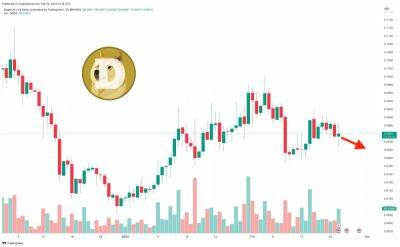Music meets the metaverse in cross-genre release by The Avila Brothers, Snoop Dogg and Billy Ray Cyrus
It is without question that music is a powerful medium with the ability to evoke strong emotions and serve as a way for people to connect with each other in large communities. For many, music serves as a source of inspiration, comfort and escape from the challenges of everyday life. For others, music is a medium for reflection and provides the opportunity to speak to social and cultural issues, allowing fans to feel a sense of belonging and identification with the messages expressed in a song.
The resulting emotional connection to music can lead to the creation of impressive fandoms, as fans build deep connections to the artists and their music. Fans show their support and appreciation through various forms of expression, such as attending concerts, purchasing merchandise or participating in online communities.
In the past, fans could only interact with each other in person or through online chat rooms. However, the emergence of social media provided new channels for communication and connection, leading to the rise of superfans — passionate about the activities of their favorite idols.
Throughout the 2010s, social media platforms such as Facebook, Tumblr, Instagram and Twitter allowed fans to share their enthusiasm for their favorite celebrities with a wider audience. This led to the mainstreaming of fandoms, such as Justin Bieber's "Beliebers" and the "Weebs" and "Otakus" of anime fandom. After years of stagnation, the concept of fandom, especially for musicians, is undergoing a significant transformation in a new digital environment, Web3.
In the Web3 media environment, artists’ followers have the opportunity to engage with their idols in a more equal and direct manner, rather than simply hoping for a one-on-one
Read more on cointelegraph.com




















